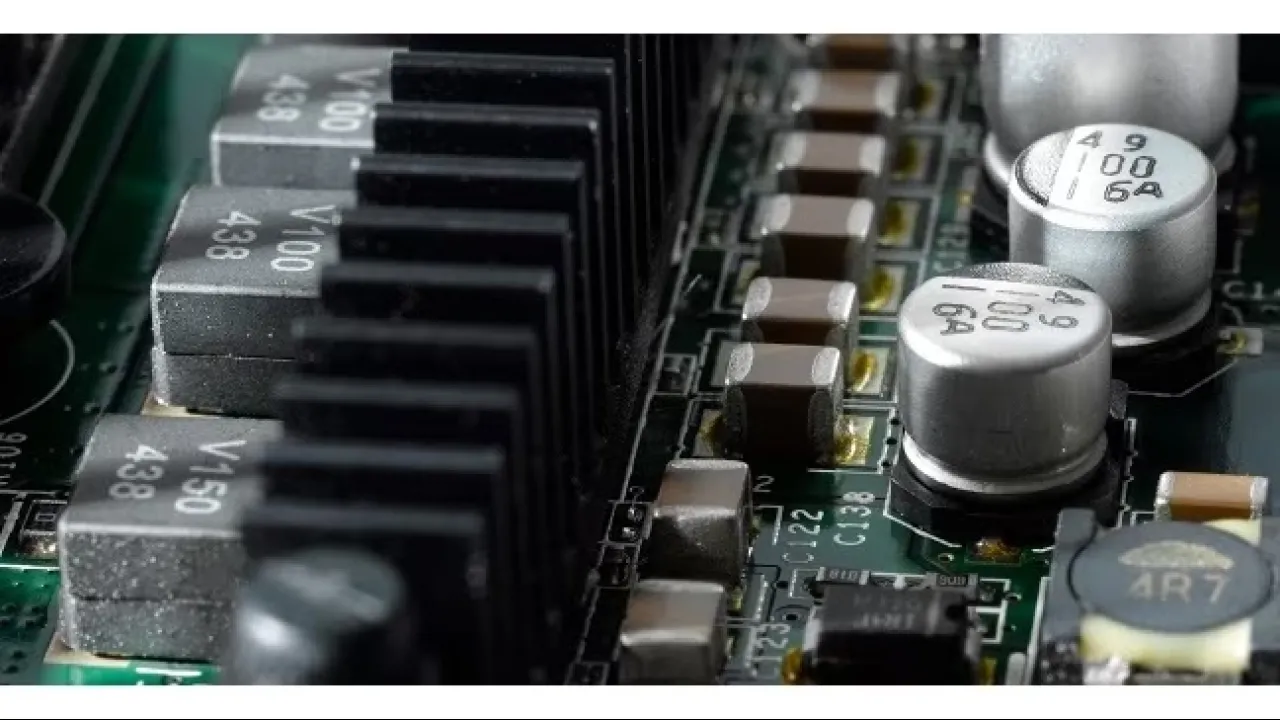
Taking graphics cards beyond gaming
A highly efficient mathematical solver designed to run on graphics processors gives scientists and engineers a powerful new tool for a common computational problem.
About
The graphics cards found in powerful gaming computers are now capable of solving computationally intensive mathematical problems common in science and engineering applications, thanks to a new solver developed by researchers from the KAUST Extreme Computing Research Center1.
“One of the most common problems in scientific and engineering computing is solving systems of multiple simultaneous equations involving thousands to millions of variables,” said David Keyes, KAUST Professor of Applied Mathematics and Computational Science, who also led the research team. “This type of problem comes up in statistics, optimization, electrostatics, chemistry, and mechanics of solid bodies on Earth and gravitational interactions among celestial bodies in space.”
In typical applications, solving such problems is often the main computational cost. Thus, acceleration of the solver has the potential to considerably impact both the execution time and the energy consumption required to solve the problem.
“Graphics processing units (GPUs) are very energy efficient compared with standard high-performance processors because they eliminate a lot of the hardware required for standard processors to execute general-purpose code,” explained Keyes. “However, GPUs are new enough that their supporting software remains immature. With the expertise of Ali Charara, a Ph.D. student in the Center who spent several months as an intern at NVIDIA in California, we have been able to identify many things that we can either innovate or improve upon, such as redesigning a common solver.”
Read the full article


